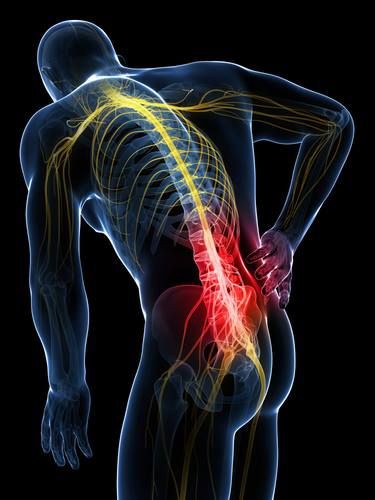 The human spine, or backbone, is a true marvel of engineering, providing our bodies with both stability and flexibility.
The human spine, or backbone, is a true marvel of engineering, providing our bodies with both stability and flexibility.
It’s made up of 33 vertebrae, which are stacked one on top of another and divided into five regions: cervical (neck), thoracic (mid-back), lumbar (lower back), sacral, and coccygeal (tailbone). Each vertebra is cushioned by an intervertebral disc, acting as a shock absorber and allowing for smooth, pain-free movement.
The spine’s ability to flex, twist, and support weight is crucial for daily activities, from bending to pick up objects to turning our heads.

Every year, October 16th is celebrated as World Spine Day to raise awareness about spinal health and the prevention of spinal disorders.
Back pain is one of the most health issues affecting people of all ages globally and often caused by combination of factors.
Factors leading to back pain
Lifestyle Choices
Certain lifestyle habits can significantly impact spinal health. Poor posture, obesity, smoking, and lack of physical activity all contribute to spine-related issues. For instance:
• Smoking reduces blood flow to the discs, accelerating degeneration.
• Excess weight puts added strain on the spine.
• Slouching while sitting, driving, or relaxing places unnecessary stress on the spine.
• Lack of physical activity weakens the muscle that supports the spine making the backbone more susceptible to to pain.
Age As we age, the spine naturally undergoes wear and tear. Intervertebral discs lose water content, becoming less flexible and more prone to degeneration, which can increase the risk of pain and injury.
Overuse Repetitive motions or heavy lifting can strain the spine, leading to conditions like disc degeneration and facet joint issues.
Dehydration Dehydration dries your spine disc causing it to slip out and cause pain.
What are the preventive strategies to spine health?
We can protect our spine and reduce the risk of debilitating conditions through simple, healthy habits:
• Engage in regular exercise-regular exercises strengthens the core muscles which supports the spine.
• Maintain proper posture.
• Avoid nicotine.
• Stay active and maintain a healthy weight to reduce stress on the spine.
• Incorporate yoga and stretching exercises into your routine to improve flexibility, reduce muscle tension and prevent stiffness in the spine.
• When lifting heavy objects, bend your knees, keep your back straight and lift with your legs rather than your back.
• Follow 5 minutes’ rule in the office, for every 30mins of sitting, take a break of 5minutes when you should find some place to stretch your back.
Improving your spine health significantly reduces the risk of pain and injury while ensuring healthy back bone when you age.